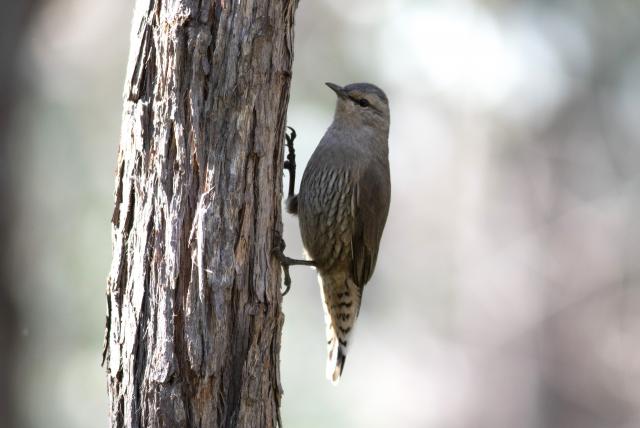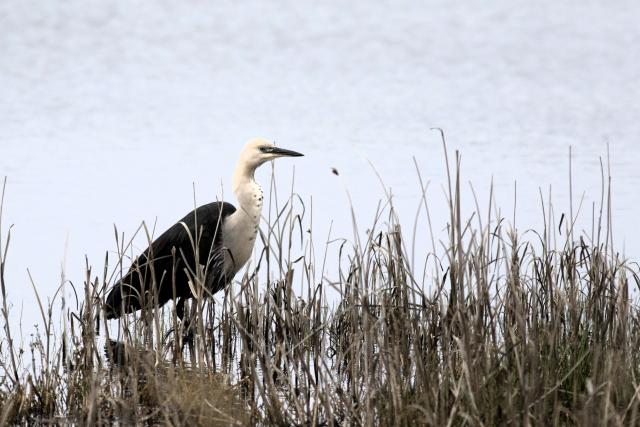I drove to Albury during the week for a learning experience at the university and had a lovely time exploring Chiltern-Mt Pilot National Park.
I saw multiple honeyeater species, including yellow-tufted fuscous, white-plumed eastern spinebill, as well as noisy friarbirds, red wattlebirds and a few turquoise parrots. It was heaven.
I discovered Bartley’s Block near Chiltern and wandered around with so many birds zipping around that I didn’t know where to look. I didn’t spot the critically endangered regent honeyeater. There are an estimated 300 of these birds left in the wild, so I didn’t expect to see one.
The noisy friarbirds were living up to their name by calling loudly. These unusual birds are members of the honeyeater family and they have a distinctive naked black head and a strong bill with a prominent bump at the base. They also have a completely bare black head and upper neck.
It was lovely to see many brown treecreepers in the forest at Chiltern.
Treecreepers are one of my favourite birds as they can be seen in small family groups and they vocalise and cooperate with each other.
I love their out of proportion, large toes that allow them to grip on the bark of trees as they move upwards looking for insects to eat.
Brown treecreepers are the largest of Australia’s treecreepers. They are pale brown to grey in plumage.
Closer to home there has been some lovely bird activity around the Bellarine. Tom Fletcher and Barry Lingham went for a drive and informed me that they spotted a good number of nankeen kestrels and a few white-necked herons on the Bellarine Peninsula.
Nankeen kestrels are small raptors that tend to move around habitats in response to food availability, so there must scrumptious food sources such as mammals, reptiles, small birds and insects available around this area currently.
Kestrels can be seen in open habitats hovering a short distance above the ground, using quick wingbeats to hold themselves in position and then diving on prey on the ground.
White-necked herons are impressive, large herons that can be seen in shallow freshwater habitats.
There has been one of these birds hanging around the Breamlea Flora & Fauna Reserve for a week or so.
These birds undertake winter and spring movements like many wader species found in Australia.
The white-necked heron is a large heron, of around a metre in height. They have a white head, a long white neck and a line of black spots running down the front.
The upperparts of the body are grey-black and underparts are grey and white. White-faced herons are smaller, and have grey plumage with a white face, and are more commonly seen around the Bellarine Peninsula compared to the white-necked heron.










